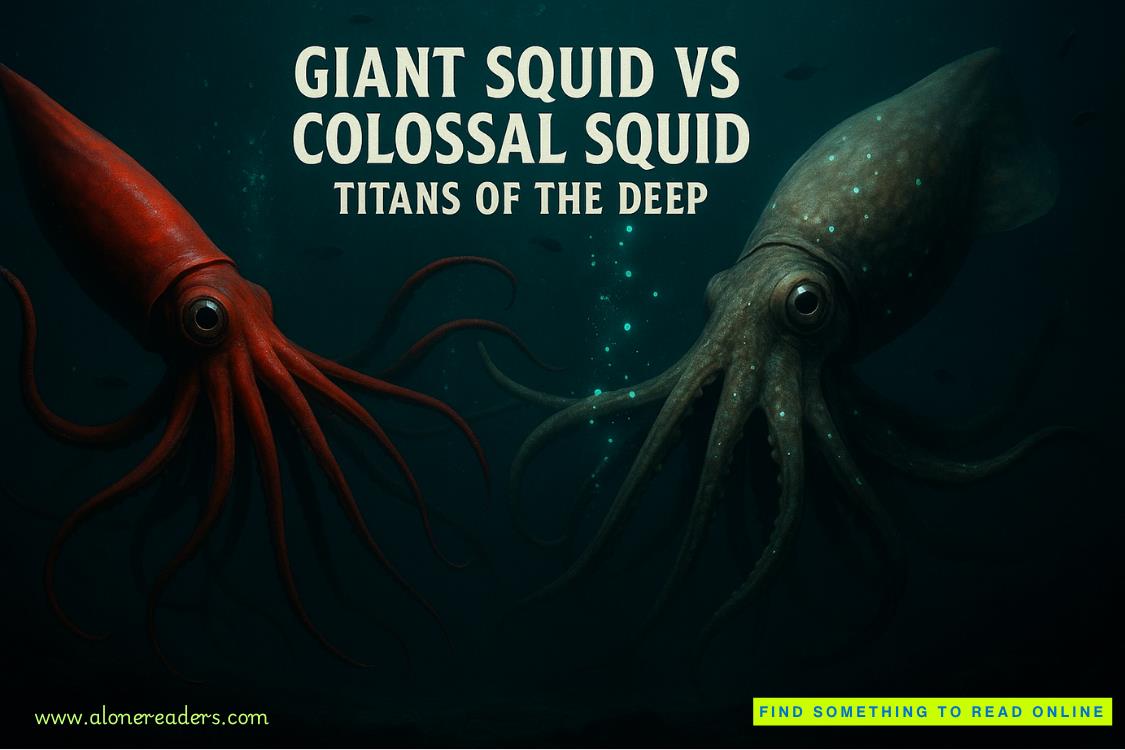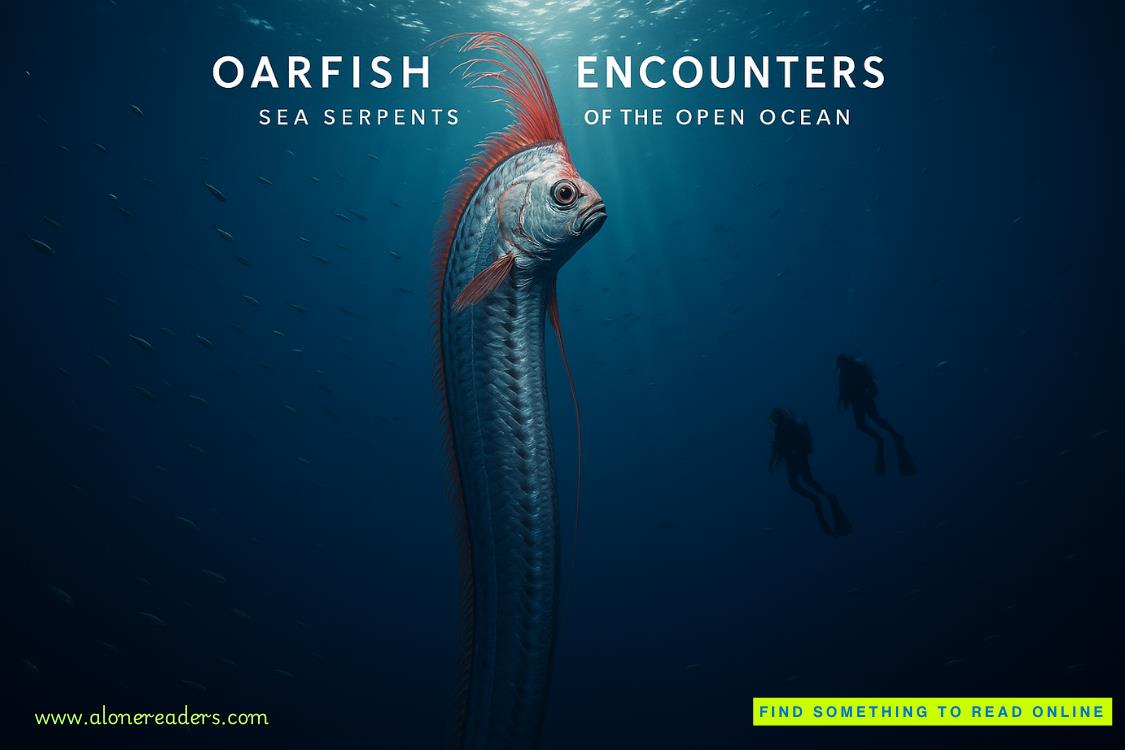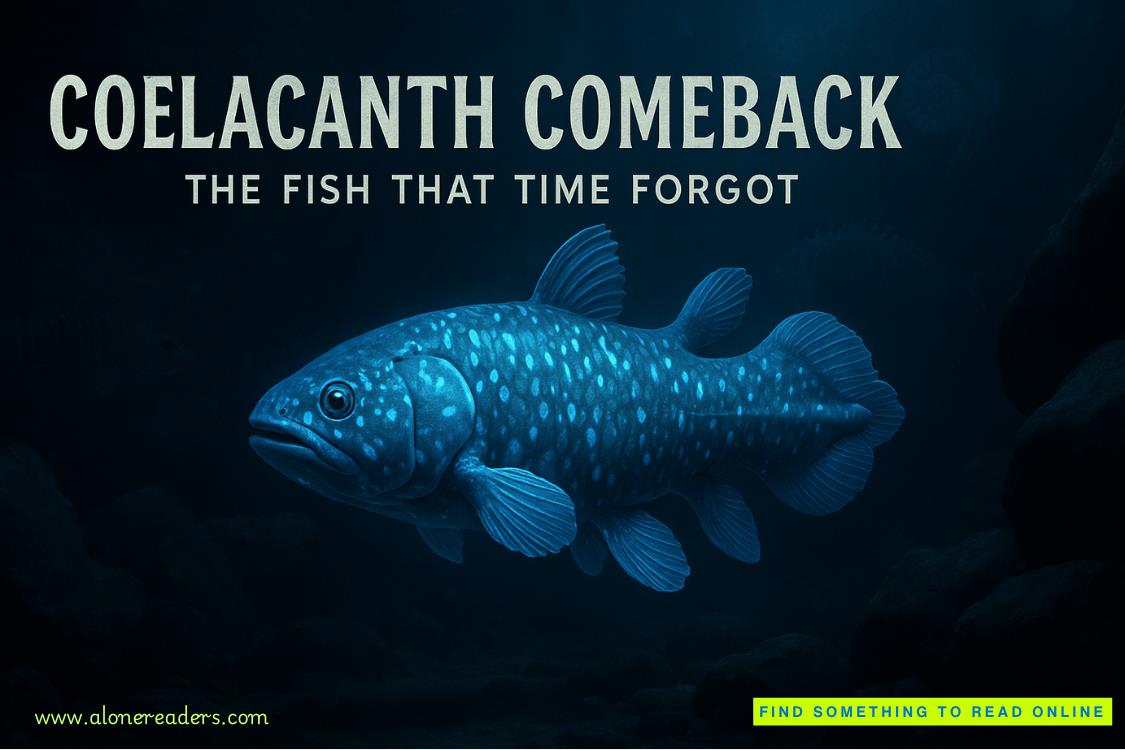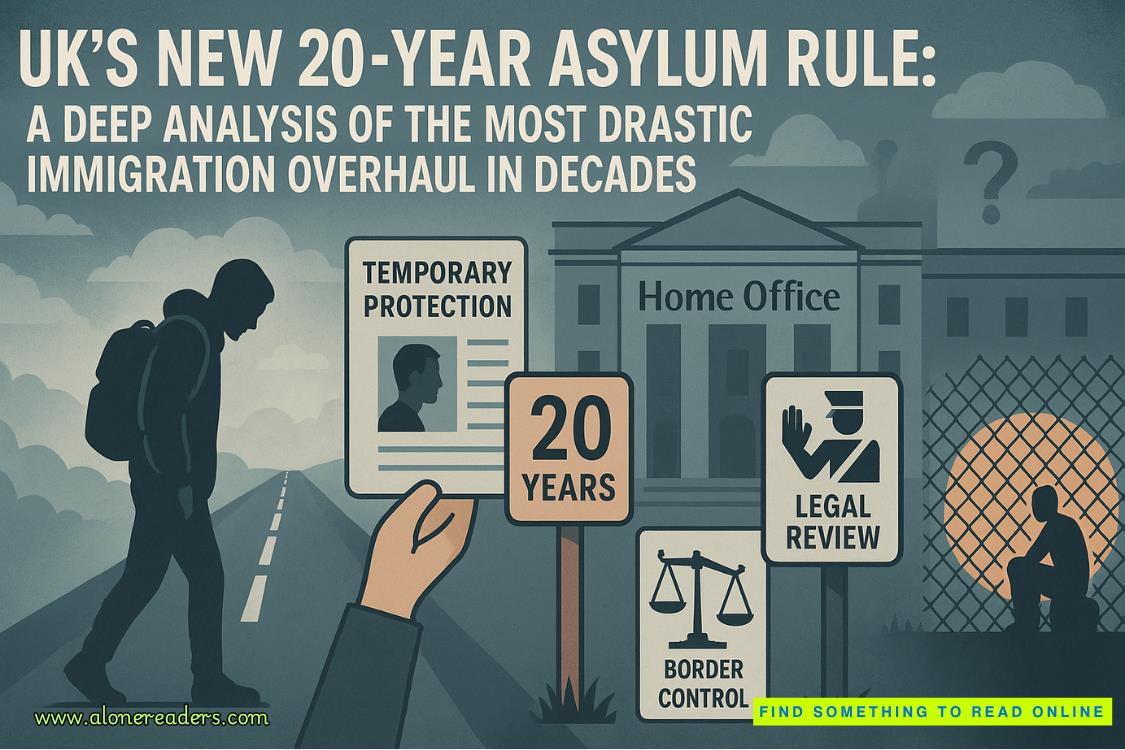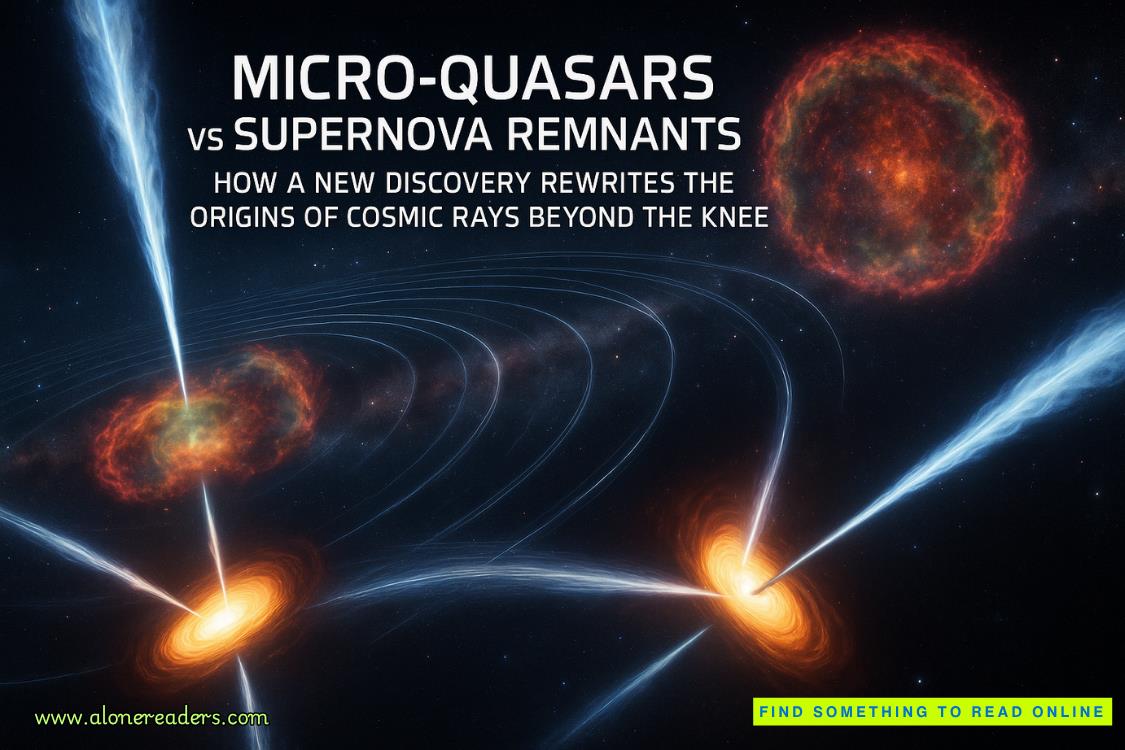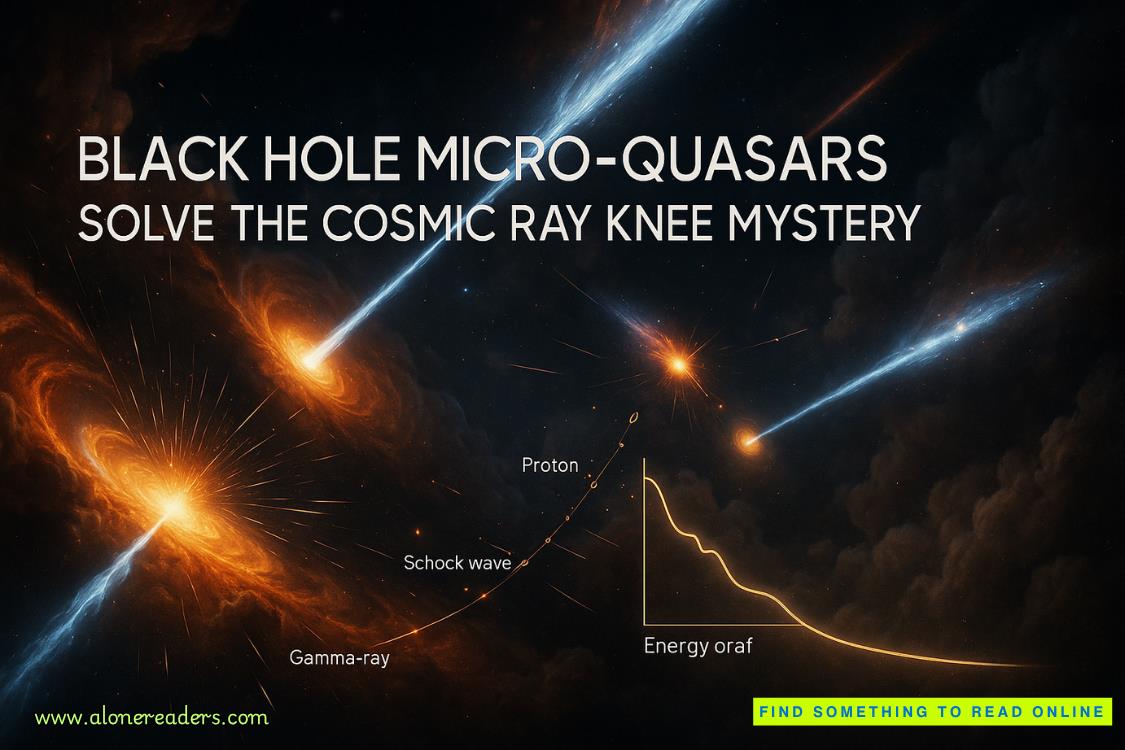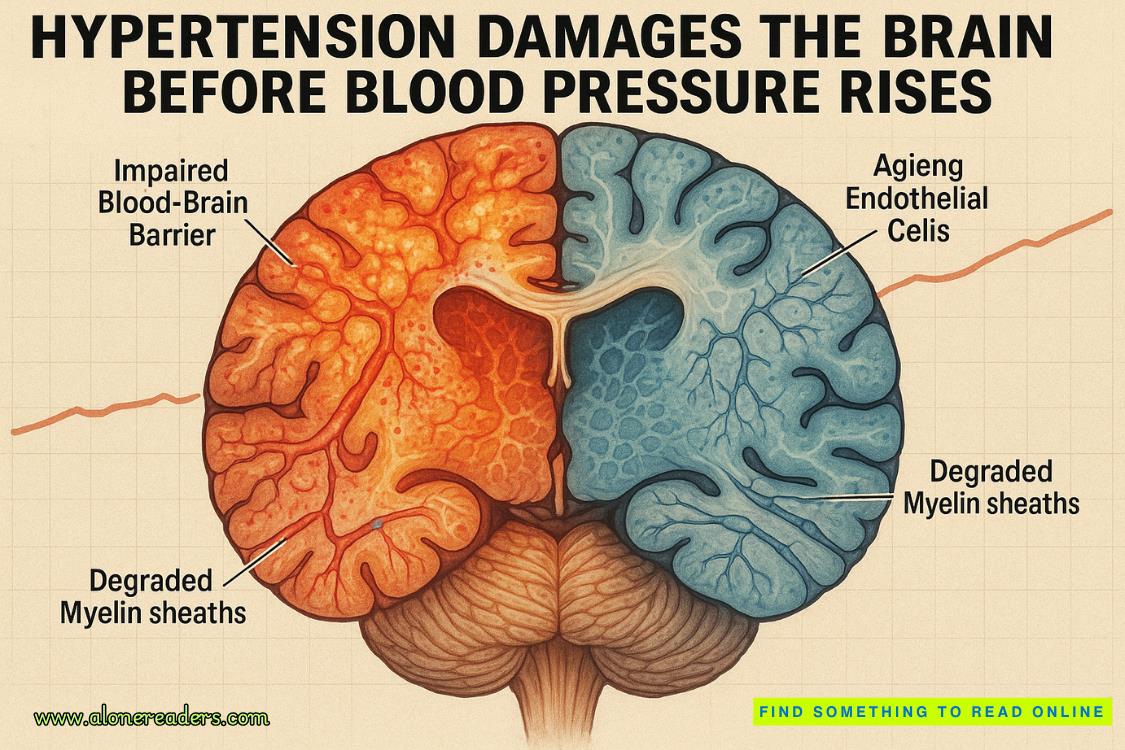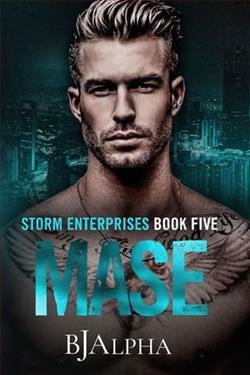Page 13 of See How They Hide
And a single dried red poppy.
Sloane didn’t touch the flower. She said, “May I take Robert’s wallet? We’ll return it.”
“Why?” she asked.
“There’s a dried flower in here. I want to discuss it with my superiors.”
“A flower?” Evelyn frowned. “Why would anyone care about a flower?”
“Do red poppies hold any significance to you or Robert?”
She blinked, shook her head, then paused.
“You thought of something?” Sloane pushed.
“Once,” Evelyn said, “years ago, the year after we were married, we drove down to Richmond for my niece’s graduation party. It was Memorial Day weekend and I wanted to leave flowers on my parents’ graves, so on our way home we stopped. There were red poppies on so many of the graves it surprised me. Robert was solemn. He said they were flowers of remembrance for military service—for fallen soldiers—but they had a darker meaning for some.”
“What kind of darker meaning?” Sloane asked. Catherine Jones, the team’s forensic psychiatrist, had explained the symbolism of red poppies, but no one had yet figured out why that specific flower was left with the bodies. Catherine believed it was as a sign of remembrance—that the killers were using the red poppies in a twisted way to tell the victim that they remembered a slight or grievance, or as a sign that they would remember the victim after death.
“He didn’t say,” Evelyn said. “Not specifically. He put his arm around me and said the flowers were a symbol of dark times. Do you think that means anything? Why would he have a red poppy in his wallet?”
“I don’t know. But we’ll find out.”
5
Weems, Virginia
As Matt drove with Sloane to the Bensons’ church, he explained that he hadn’t uncovered anything of interest in Robert’s office, then listened to Sloane as she reported what she learned when searching their bedroom. The wallet was secured in an evidence bag, but Sloane showed him pictures she took of the dried poppy.
“How long do you think it was inside the wallet?” Matt asked. “Wouldn’t a flower fall apart over time?”
“Yes,” Sloane said. “It was slid into a slot with nothing else, and seemed to be pressed into the leather, as if it had been there for some time—I didn’t touch it because it would have crumbled.”
“The lab should be able to narrow it down,” he said.
“I don’t think Evelyn knows anything else,” Sloane said. “Idothink she recognizes that the lack of a background is suspicious, but she never questioned him. She trusted him implicitly.”
“Let’s talk to Catherine, then their pastor,” Matt said.
He pulled over a block away from the church and called Catherine.
“Hi, Catherine, you’re on the phone with Sloane and me,” Matt said. “Did you get the pictures of the red poppies found here and in Oregon?”
“Yes,” Catherine said.
“And what do you think?”
Catherine didn’t speak at first, but that was her way, and had been even back fifteen years ago when they went through the FBI academy together. She wanted to be precise.
“Clearly, the poppies—specificallyredpoppies—are important to both the killers and the victims. This suggests that the motive is more personal than I initially thought. That, coupled with what we’ve learned over the last week—that the backgrounds of Ms. Merrifield and Mr. Benson are murky at best, and possibly fraudulent—I wouldn’t be surprised if the victims also knew each other.”
“Even with the large age difference?” Matt asked.
“Your call to run a paternity test was smart,” Catherine said, “and we should have the results tomorrow. They are the same blood type—A positive—but that doesn’t mean much because nearly forty percent of the population has that blood type. Jim has called in a forensic anthropologist from Georgetown to examine Mr. Benson’s remains to determine if we can learn anything more about him.
“We need motive,” Catherine continued. “I can suggest a half dozen theories, but without a victim profile, they’re just theories. If Benson and Merrifield have a shared or common background, that helps narrow our investigation.”
“And if they don’t?” Matt said.
